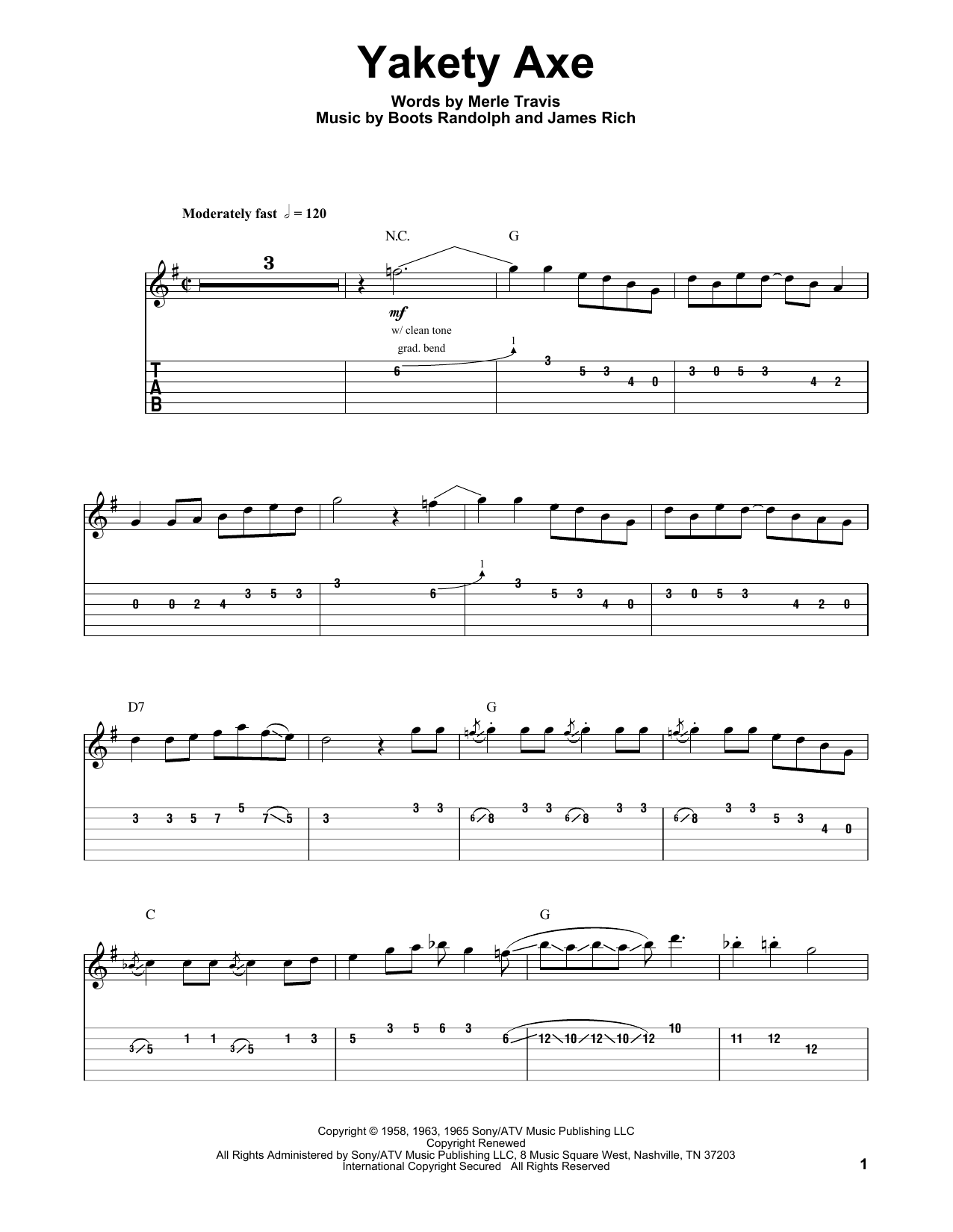
(1,000 times)ĭrill #3: You get the drift - break the exercise into four sections - practice them independently then assemble them into larger modules. I spent the first eight hours or so discovering ways to dissect the motions into the following:ĭrill #1: Left hand pinkie on sixth string pluck string three then string four - do this 1,000 timesĭrill #2: pinkie on fifth string-pluck then pluck strings four(pointer) and two (ring finger) simultaneously. It would be a great benefit to the less adept like myself to present a four or five step set of drills that break this lesson into manageable chunks. I have been trying to master it six hours a day for the past five days and I am getting close. Hah! Bad by who’s standards? In every interview I’ve ever seen with Chet Atkins he seemed like such a humble, down-to-earth guy which is pretty amazing considering how powerful he became in the music industry. I remember hearing Chet say that he sounded like 2 bad guitar players playing at the same time. Because so much is going on with his right hand when he plays, it actually sounds like 2 or 3 guitar players. I must admit it’s nice to see that some areas of country music are heading back to their roots and bringing back the “twang” – sorry Chet.Chet is best known for his finger-style technique on his right hand, which always consisted of a walking bass line (his thumb), and a rhythm and melody (his second, third, and fourth fingers). To help increase country album sales, Chet helped create the “Nashville Sound” which was basically a movement to scrap all of the fiddles and pedal steel guitars and “twang” that had been associated with country music up to that point and introduce a more contemporary, “produced” sound with heavy back-up vocals from groups like the Jordanaires and even orchestral string arrangements. In the late 1950’s as rock n roll became more and more popular, traditional country albums sales were starting to decline. Chet worked as a session player and backed up several great acts in his early career before graduating on to a solo artist and then on to a prominent Nashville producer, producing acts such as Waylon Jennings and Elvis Presley. It wasn’t until I analyzed what was actually going that I began to realize what a genius he was.īorn Jin Luttrell, Tennessee, Chet Atkins was a pioneer that helped reinvent the guitar. I thought it sounded clean and simple and… well, nice.


and to be honest, when I heard my first Chet Atkins album (my dad’s), I wasn’t immediately blown away. In 1990 Atkins was joined by the British guitarist/singer-songwriter Mark Knopfler in a version of Yakety Axe on which Atkins recited verses written by Merl Travis, the man whose style of guitar picking originally inspired Atkins.So you may be asking, what’s the big deal about Chet Atkins? When I first started becoming obsessed with learning the guitar I kept reading article after article about Chet Atkins and how he pioneered this or influenced that. As an actor in the 1970s, Reed co-starred with Burt Reynolds in several movies, including all three of the ‘Smokey and the Bandit’ films for which he also composed the sound track. Elvis Presley and Johnny Cash both recorded songs written by Reed. Reed was an associate of Atkins, and the latter is on record as saying that Reed helped him work out the fingering for Yakety Axe.Īs well as being acknowledged as one of the best country guitar players, Reed was an actor, composer and singer. A track I played frequently was Jerry Reed’s version of Yakety Axe.
#YAKETY AXE LESSON TV#
Randolph and Atkins sometimes played the tune as a duet during joint TV appearances.įor a short while in the early 1990s I produced a country music record show for a small hospital radio station.

In 1965, Atkins recorded a guitar version of the tune which he called Yakety Axe. Yakety Sax was Randolph’s updating of a piece originally composed by James Q ‘Spider’ Rich and references a saxophone solo on a 1958 Coasters recording of the Lieber and Stoller song ‘Yakety Yak’.Īnother musician who worked alongside Randolph on recordings by Elvis and other Nashville based stars is the country guitarist Chet Atkins. Hits featuring Elvis Presley, Roy Orbison, Brenda Lee and REO Speed Wagon all benefited from his distinctive saxophone style. British saxophonist Peter Hughes was responsible for the version used on Hill’s show.īoots Randolph was a Nashville based session musician who played on recordings by many country and rock artistes during the 60s and later. Originally recorded in 1963 by its composer, Boots Randolph, the raucous nature of the saxophone notes and the insistent rhythm were an ideal accompaniment to the jerky motion of Hill’s many pursuers. If you are old enough to remember the Benny Hill show, after it transferred to Thames Television in 1969, you will know the tune that accompanied the closing chase sequence.


 0 kommentar(er)
0 kommentar(er)
